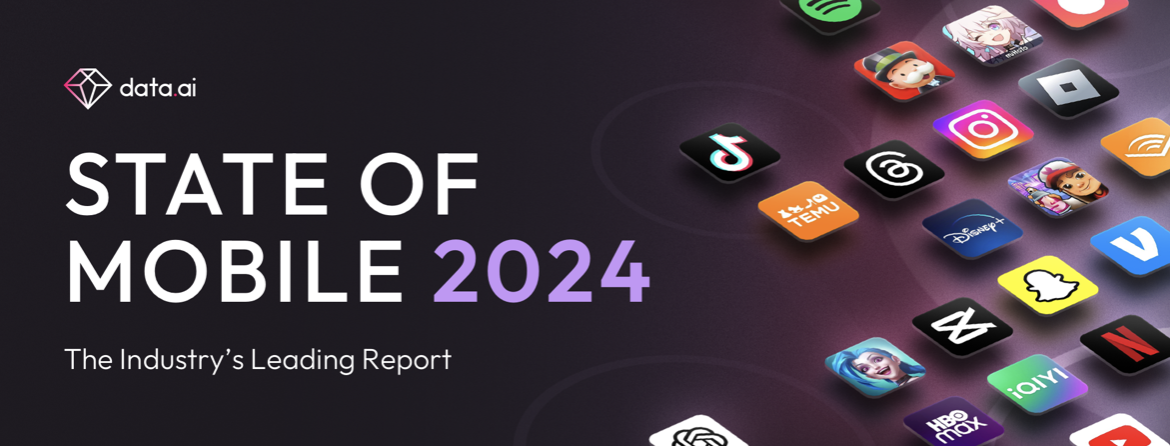Ofcom Study Shows 79% of Teens Are Using Gen AI

The UK’s communications regulator, Ofcom, has recently contributed to the influx of AI cultural conversation with a study shedding light on its usage among different age groups. The study uncovers that a substantial 79% of online individuals aged 13-17 in the UK are actively engaging with generative AI tools and services. This embrace of AI extends to 40% of 7-12 year-olds. In contrast, only 31% of adult internet users in the country partake in the AI revolution.
However, a critical aspect surfaces regarding Ofcom’s definition of generative AI. While encompassing platforms like ChatGPT, Midjourney, and Dall-E, it extends to Snapchat’s ‘My AI’ chatbot. This inclusion reveals the popularity of the latter, with a staggering 51% of online 7-17 year-olds actively employing it.
An intriguing gender dimension emerges in the usage of ChatGPT. Amongst 7-17 year-olds, 34% of boys embrace this AI, starkly contrasting with only 14% of girls in the same age group.
Delving into the specific activities involving generative AI, Ofcom queries adult users. Results indicate a multifaceted engagement, with 20% employing AI for crafting poetry or lyrics, another 20% channeling it for image creation, 9% venturing into video production, and a mere 4% exploring the realm of ‘audio,’ which presumably includes music creation.
This study illuminates a significant generational gap, reflecting the pronounced integration of AI into the digital lives of today’s youth. As AI becomes increasingly pervasive, understanding its nuanced adoption across demographics is pivotal for both regulators and technology developers shaping the future landscape.



